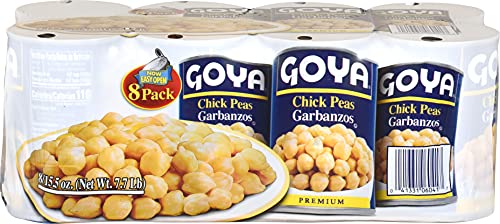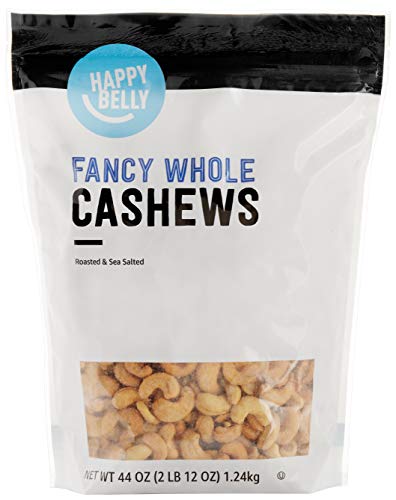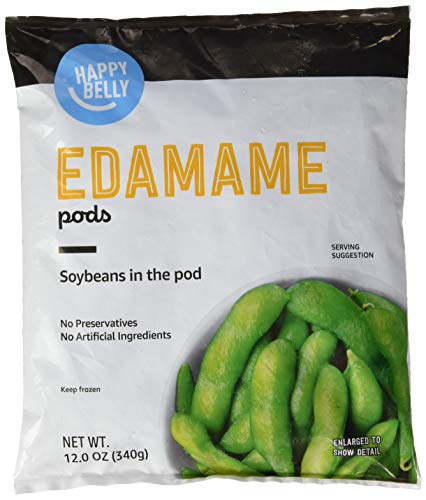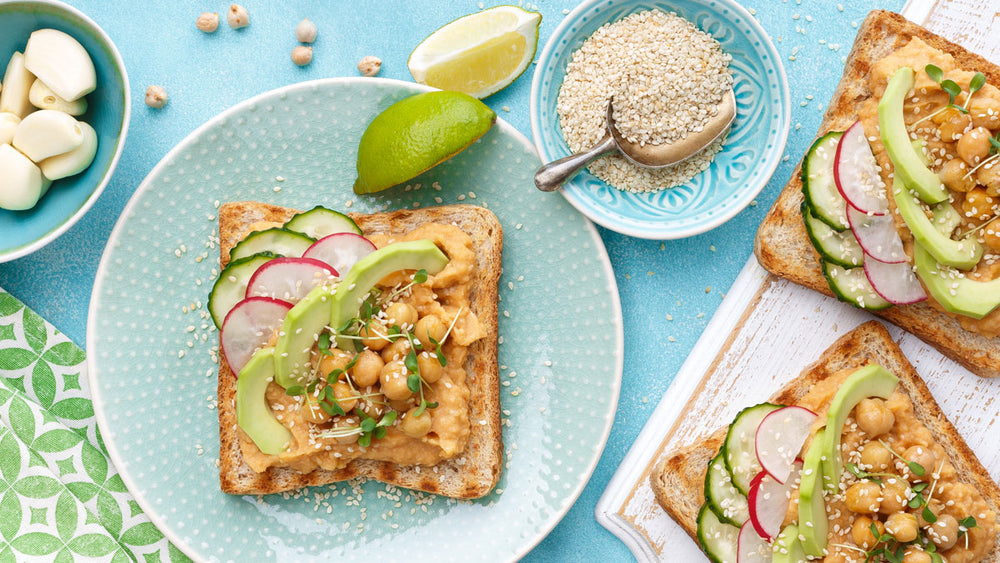Discover the vibrant world of plant-based eating and unlock new culinary adventures!
So, you’ve learned about the benefits of plant foods, but now you’re at a loss as to how to make a smooth transition towards a more plant-based diet. Or perhaps you want some tips to get you off the ground (or should I say, get plants off the ground and onto your plate).
Well, you’re in luck! In my role as a dietitian working with individuals who are at increased risk of developing cancer, a large part of what I do is help individuals embrace a more plant-based lifestyle. Allow me to provide some helpful tips.
1. Start with a plan.
When creating any habit, having a sense of direction is best. What we want to avoid is showing up at the grocery store, staring endlessly into the aisles, and wondering what to buy. Set aside 20-30 minutes to think over the meals you want to make for the upcoming week and write a list. It can also be helpful to schedule a specific day on the calendar as a “meatless day.” Which brings me to my next suggestion.
2. Start one day, or even one meal, at a time.
Chances are high that you’ve heard of “Meatless Monday.” If you hope to dip your toes into plant-based eating, having a designated meatless day or meal once a week is a great place to start. This can help you experiment with new plant-based recipes before completing a total diet overhaul.
3. Know your plant-based protein sources.
As we’ve discussed in Defining Plant-Based Diets, following a plant-based diet does not necessarily mean entirely giving up animal products. However, it is beneficial to know your options for plant-based protein. Some great examples include soy products such as tofu and edamame, nuts, seeds, beans, lentils, and certain whole grains such as quinoa. Are you Low FODMAP? No problem! Check out these Low FODMAP Plant-Based Protein Alternatives.
Now that you know some options, you can use these as a starting place for searching for new recipes. I have found a delicious lentil-based sloppy joe recipe by searching for lentil recipes.
4. Rebrand some of your favorite recipes.
While trying new recipes can stretch your adventurous side, sometimes it is much easier to tweak recipes you love to fit your unique goals. This can look like decreasing the portion of meat on the plate and increasing the plant-based foods, or it can look like swapping the animal products out completely. An example of a complete swap is using a black bean burger instead of a beef patty on cookout night. An example of decreasing the use of animal products is adding beans to an enchilada and reducing the amount of chicken used in the recipe.
5. Focus on what you can add, not what you need to remove.
I’ve mentioned this before, but I don’t like restrictive mindsets regarding food. Instead of dwelling on foods I may be cutting down on, I want to focus on the foods that will nourish my body that I can increase. If I’m trying to get 7-10 fruits and vegetables daily, adding these to my plate naturally decreases the room for other items. Instead of a plate halfway filled with chicken wings, a quarter served with french fries, and a quarter filled with broccoli, I switch it up. So now, half of my plate is a salad, a quarter contains chicken, and another quarter contains carbohydrates or starch.
As with most things in life, change doesn’t occur overnight. Start small and work your way up to bigger goals. If you continue feeling overwhelmed by plant-based diets, contact a registered dietitian nutritionist to help you make the transition easier!
- Baker, D. (2021, March 5). Vegan sloppy joes. Minimalist Baker.



















Comments
Join The Conversation...